There are some things you probably didn’t know about CNR Farms.
Our original start:
Have you ever wondered how we chose our name? When we chose our name we started out as C&R Rabbitry which then changed to C&R Farms which then developed into CNR Farms. The C comes from my name Casey and the R comes from my brother’s name Ryan. C&R was already taken when we got our business incorporated so we changed to CNR. Speaking of our name starting as C&R Rabbitry we actually started out as a Rabbitry. Our original name was C&R Rabbitry but we soon changed our name to Farms as we do have a farm and raise so many different animals. I started breeding rabbits when I was in 10th grade as a part of my FFA project partially, and partially because I have always wanted to. We have had farm animals my whole life and had rabbits my whole life but have never bred them. I decided I wanted to do show quality pedigreed bunnies and our business was born. I drove all the way to FL to get one of my bunnies and he is still with us today his name is Chunky Monkey and I paid $50 for him. I thought I was crazy as I was spending all my birthday money but he came from a line of champion mini rexes and to this day he has the softest mini rex fur I have ever felt. I ended up driving all over Ga to add to my breeding program and I had 16 bunnies. Over the years, I found out raising bunnies was a hard and very heartbreaking business. While there was much joy and cuteness in the little ones too often they wouldn’t make it past infants no matter how hard I tried. It’s just a fact of raising bunnies you lose some and raising them in the winter even indoors with heaters is nearly impossible so I started downsizing and phasing out that part of the business my senior year when our first litter of puppies was born. I still have my favorite mamas and daddies. One mama being from my first ever litter 7 years ago and one old man who was before my breeding days but was used in my program who is 17 and is fighting cancer.
Breeding Practices:
Another thing you might not know is that our dogs don’t live in kennels. While we do have a kennel for each of our dogs they are only used for feeding time to ensure each dog receives proper nutrition and when visitors come so they don’t get accidentally ran over as they get so excited and want to check out new cars. We believe that breeding dogs should first be family members and we believe living in kennels doesn’t provide this. Our dogs have freedom to roam our entire 10 fenced in acres, swim in the pond, or come inside and lounge on the couch. We love our babies and they are our family.
We are at the birth of all our puppies. About a week before the puppies are due we move mama in the nursery and I(Casey) move in with them. I sleep on a cot and check on them every two hours throughout the night. I take their temperature in the morning, at lunch, and at night. When I see the temperature drop I don’t leave their side. My mom is normally there also once the birthing starts if I need assistance. The puppies are weighed and collars put on if we have similar ones and we help them to start nursing immediately. After the puppies are born I continue to sleep in the nursery to ensure the puppies are staying close to mama and nursing properly and mama is recovering well. The puppies can’t maintain their body temperature at this age so close monitoring is very important. The mama sometimes needs convincing to eat or drink and always needs convincing to leave and go potty which they normally don’t want to do for up to a week. We weigh the puppies often to monitor growth and more so for large litters to ensure everyone is getting their fair share.
We have created a strict program for our puppies to ensure they are healthy. Each puppy is de-wormed at 2,3,4,6, and 8 weeks and given their first shot at 6 weeks. We don’t allow visits before they have received their first shot so that they will have some immunity built up before visitors. We also will ask that people put booties on over their shoes and wash their hands before coming into the nursery. This will help keep germs out many of which are carried on the bottom of people’s shoes. We also clean the nursery at least three times a day to keep everything sanitary.
Commonly asked questions:
A question asked by you was how do we decide which dogs to pair. This is something that starts before the dogs are purchased or kept from a litter. Genetics are a very important part of this. We look at the pedigrees of the dogs and pair them accordingly. We want their traits to be complementary and having at least one parent to have champion bloodlines is very important to us. Having Champion bloodlines shows they come from good conformation or are good at the discipline they completed in. We also look at their Genetic testing. Depending on their hip ratings certain ratings need to be bred with others. We are always wanting to improve so for instance a Fair hipped would be bred to an Excellent hipped. Luke has fathered most of our litters so far as he is our only male that is of age but we have occasionally used stud dogs. Finding a stud dog is a long process and we search out months in advance. Boone our upcoming male we purchased at the same time we held back Annie so when she came of age to breed he would be of age as well. We feel their traits will compliments each other. After the genetic part of picking we are looking at the phenotypic traits (what you see) things like coat color and coat type.
Another common question is my dog growing at the rate it should be? A lot goes into the rate a dog grows number one being genetics. If you are feeding your dog the recommended amount of food by the bag you should have no worries on the rate at which they grow. Some puppies will grow faster and others will grow slower. Also, if you are looking at a labradoodle or goldendoodle you must look at the breed average weight for both breeds. While I can give you an estimate based off past litters yours has the potential to be the size of the smallest breed average or the largest breed average or add hybrid vigor in there and it can get a bit over the breed average.
I hope this helped you get to know us and our breeding program a little better!
-Casey
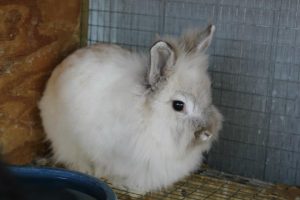
Duchess-The girl I kept from my first litter
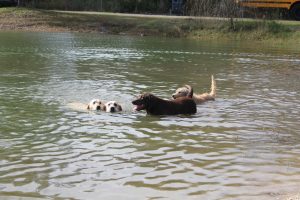
Most days end in pond fetch in the summer
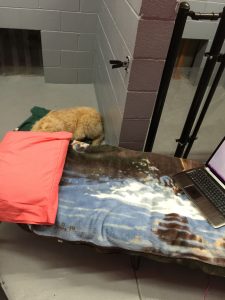
All ready for puppy watch pip’s last litter
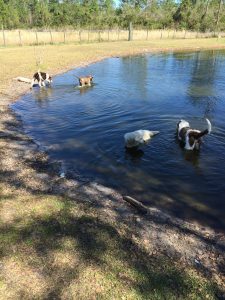
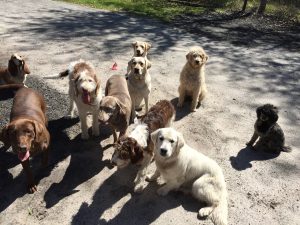
We love our babies and they love to be with us or hang out in the pond

